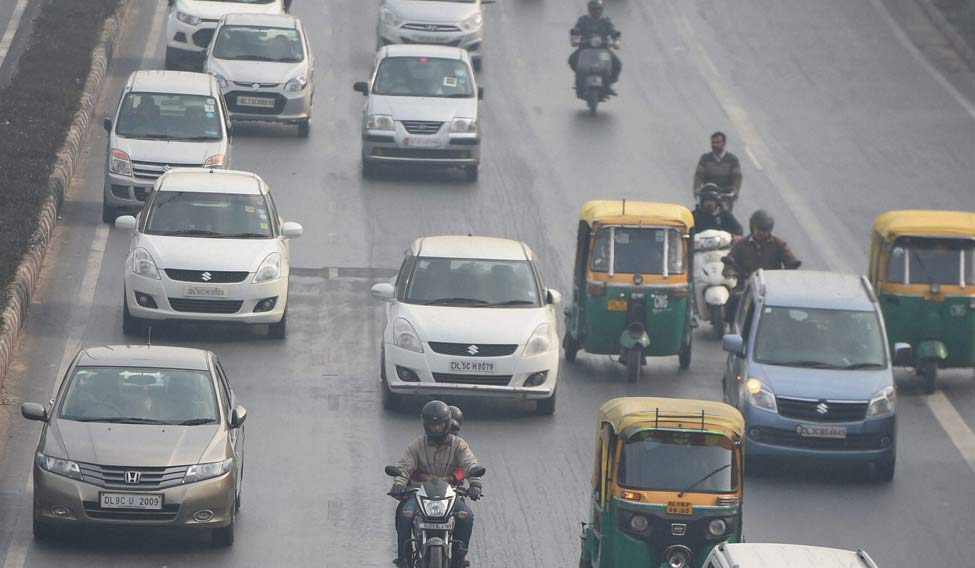The Lok Sabha on Monday passed the Motor Vehicles (Amendment) Bill, 2016. It will now move to the Rajya Sabha for passage there.
The new bill amends the Motor Vehicles Act, 1988 and addresses issues such as third party insurance, regulation of taxi aggregators and road safety, among others. But what is the bill all about and what has changed?
Here are the major takeaways from the amended bill:
Driving Licences: Under the 1988 Act, a driving licence is valid for a period of 20 years, or till the person attains the age of 50 years, whichever is earlier. After the age of 50, the licence is valid for a period of five years. However, according to the new bill, if the person applying for the licence is:
(i) below 30 years, his licence will be valid till he turns 40 years
(ii) between 30 and 50 years, his licence will be valid for a period of 10 years
(iii) between 50 and 55 years, his licence will be valid till he turns 60 years
(iv) above 55 years, his licence will be valid for a period of five years.
Penalties: The bill increases penalties for several offences under the Act. For example, the maximum penalty for driving under the influence of alcohol or drugs has been increased from Rs 2,000 to Rs 10,000. If a motor vehicle manufacturer fails to comply with manufacturing or maintenance standards of motor vehicles, the penalty may be a fine of up to Rs 100 crore, or imprisonment of up to one year, or both.
Aggregators: With India becoming a hot bed for cab aggregators like Uber and Ola, the bill takes significant strides when it defines an aggregator as a digital intermediary or market place. The aggregator’s services may be used by a passenger to connect with a driver for transportation purposes.
In addition, given the constant legal battles the aggregators have to encounter around licensing policies, the bill mandates that the state governments will issue licences to taxi aggregators, but as per the central government guidelines. Currently, state governments determine guidelines for plying of taxis.
Third party insurer: The liability of the third party insurer for motor vehicle accidents is now unlimited. This means that while the bill caps the maximum liability for third party insurance, it does not cap the compensation amount that courts can award. The bill caps the maximum liability for third party insurance in case of a motor accident at Rs 10 lakh in case of death and at Rs 5 lakh in case of grievous injury.
However, in cases where courts award compensation higher than the maximum liability amount, it is unclear who will pay the remaining amount.
Motor Vehicle Accident Fund: The bill provides for a Motor Vehicle Accident Fund that would provide compulsory insurance cover to all road users in India for certain types of accidents, apart from the Solatium Fund. Also, tit has increased the compensation amount awarded during accidents. The amount for a grievous injury in case of a hit-and-run case has now been increased to Rs 50,000 from Rs 12,000. In case of death, the new compensation amount will be Rs 2 lakh or more, as prescribed by the Centre, as opposed to the existing Rs 25,000.
Under the Act, compensation for hit and run victims comes from the Solatium Fund.
The bill also provides for recall of vehicles in case of defects and protection of good samaritans from any civil or criminal action.
(With inputs from PRS Legislative Research)




